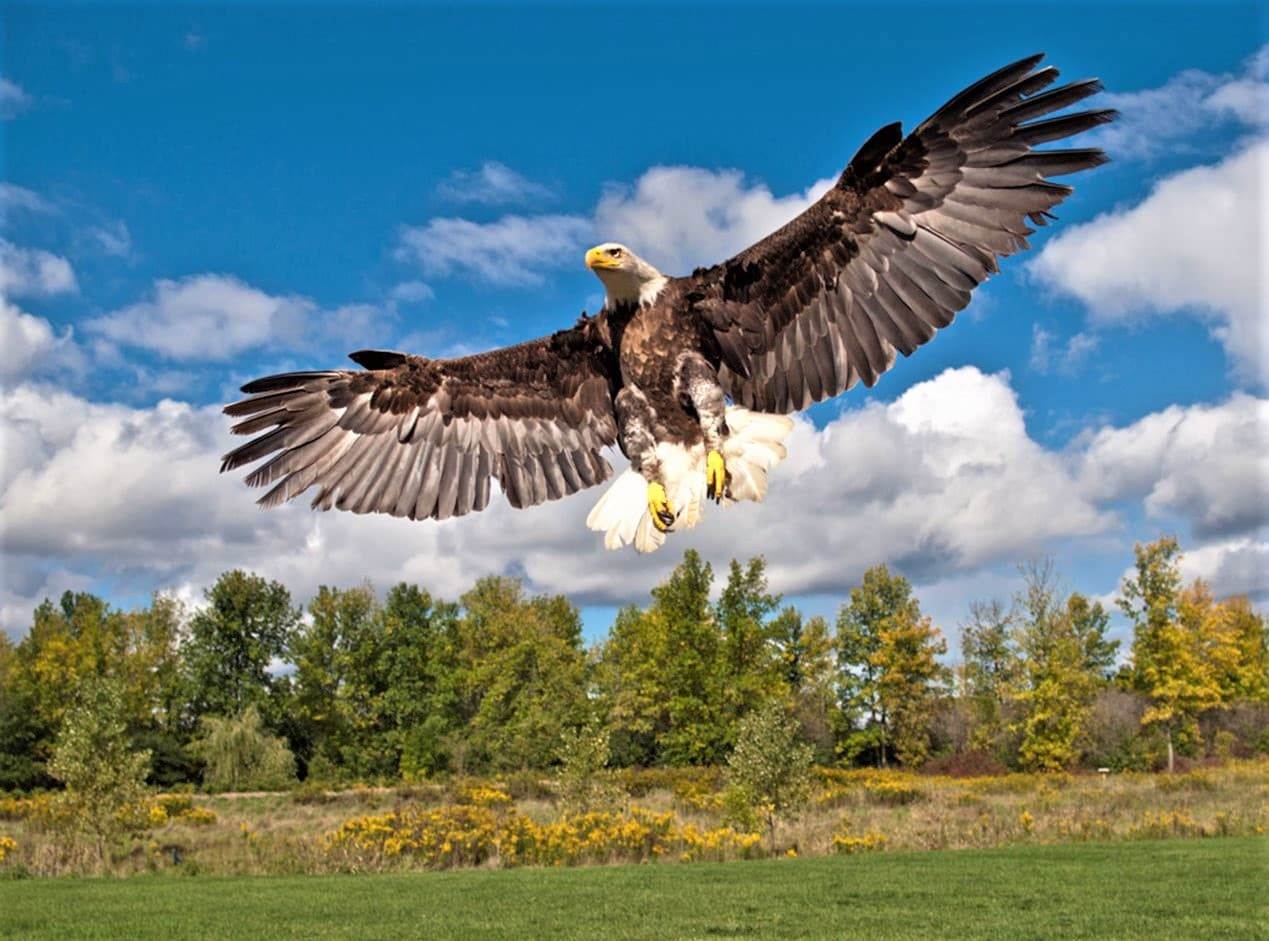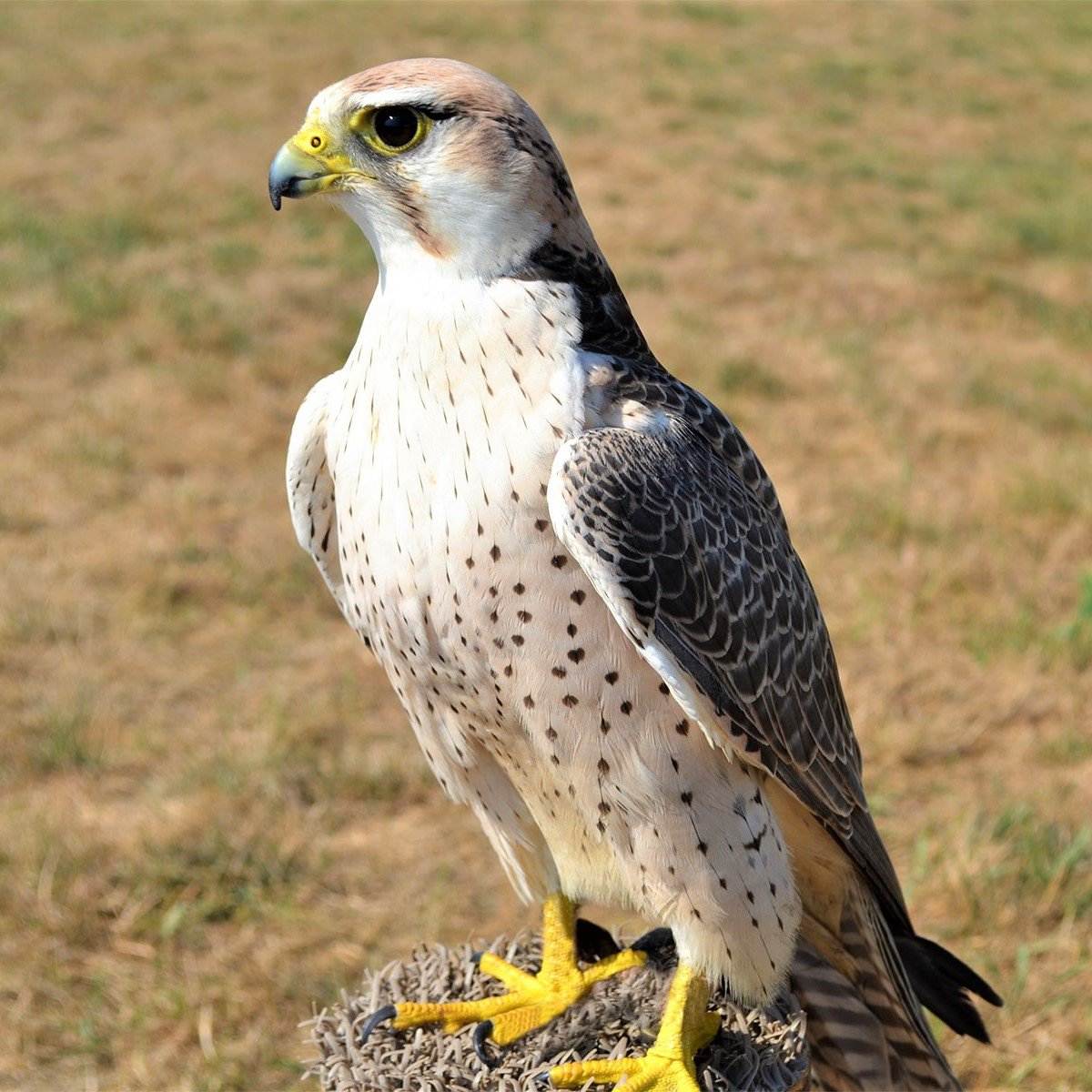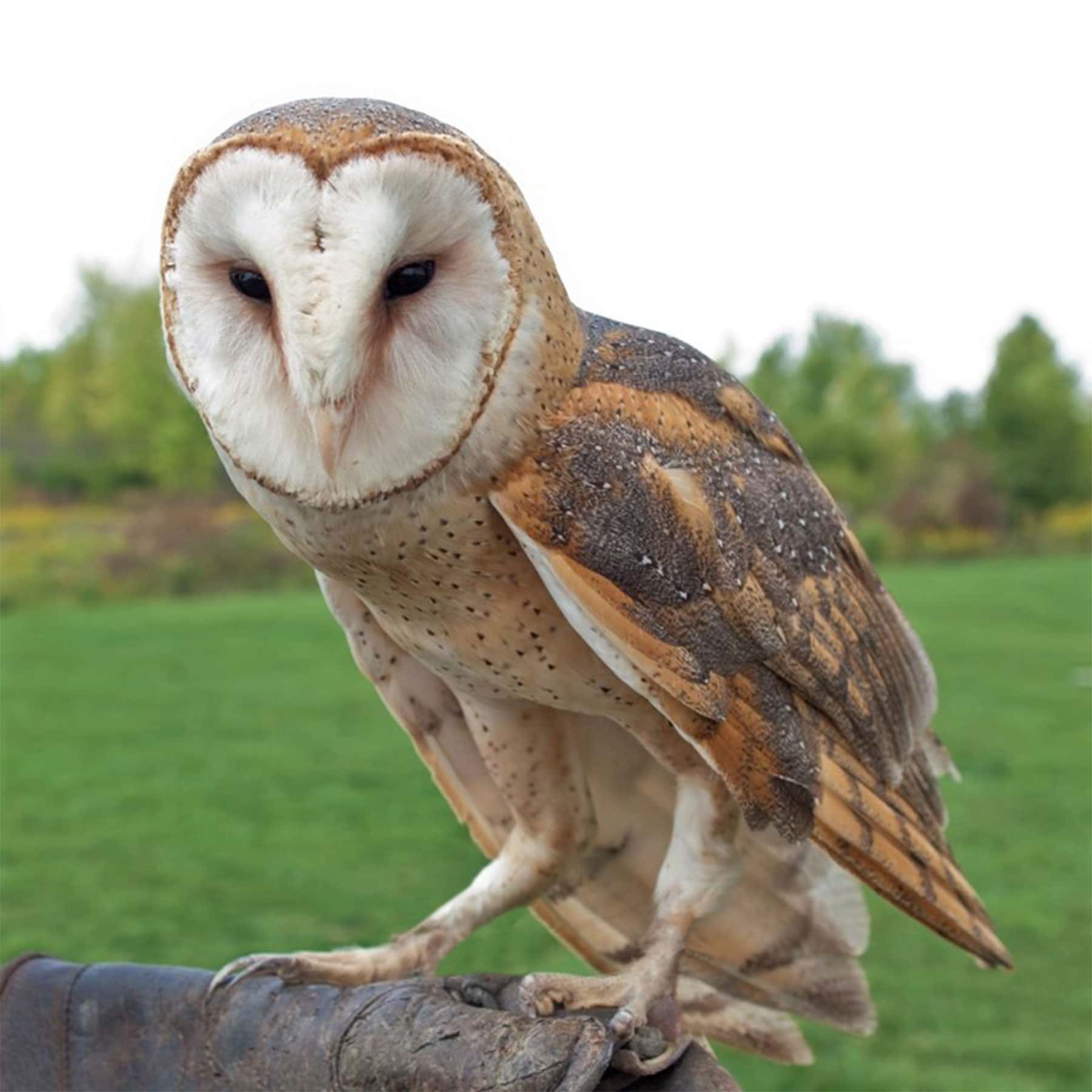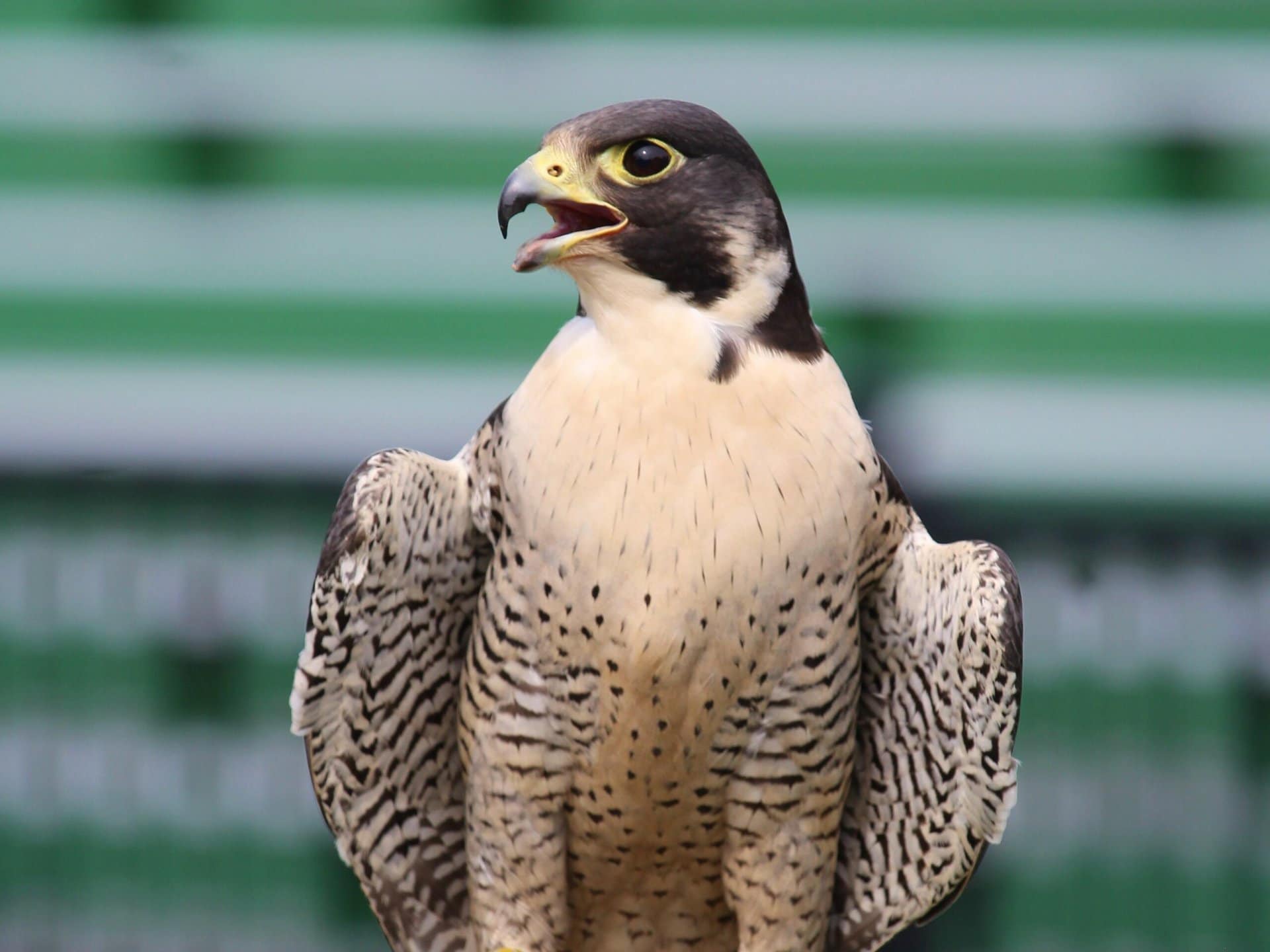Birds of Prey
Overview
Although a Bird of Prey is generalized as any bird that will hunt other animals; they are more specifically meat eaters that use their highly developed feet to catch their food. African Lion Safari’s Birds of Prey Conservation Centre consists mainly of these birds with this unique raptorial grip. Most have hooked beaks, keen eyesight, sharp talons and powerful wings. As a general rule the larger the bird the longer they live, therefore some can live 8 to 50 plus years.
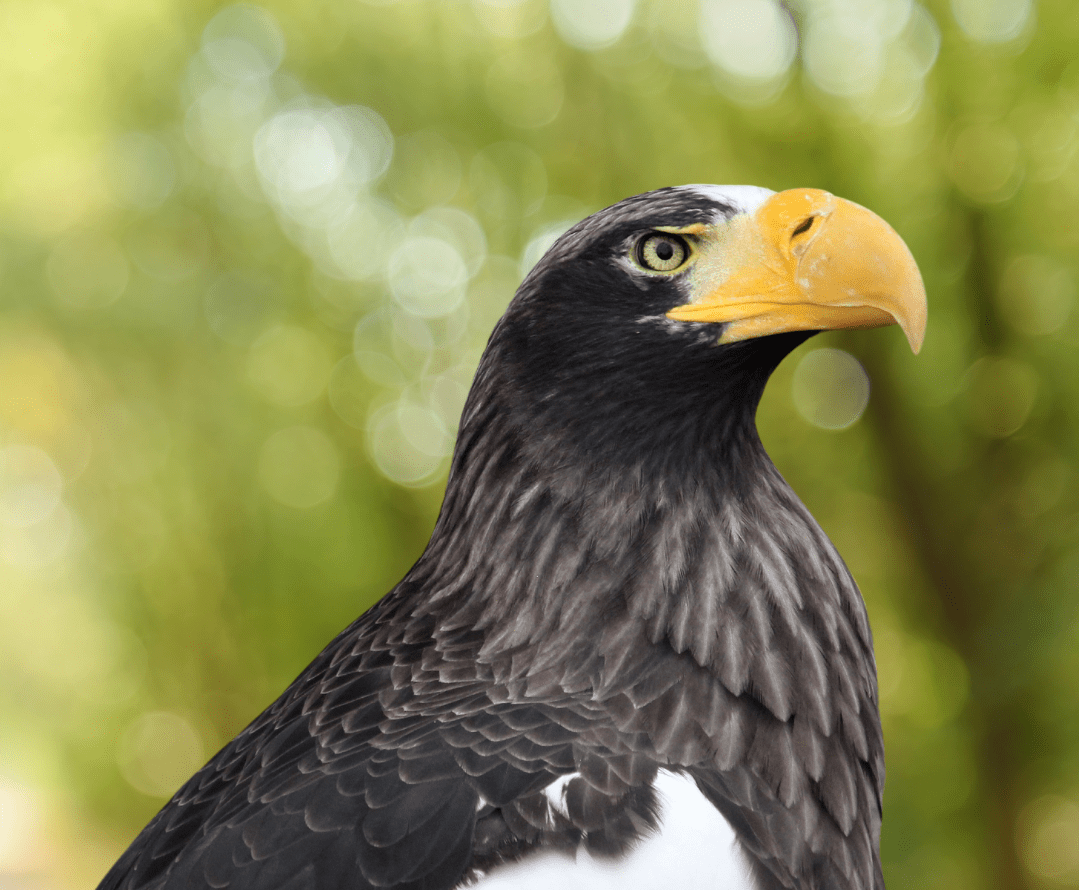
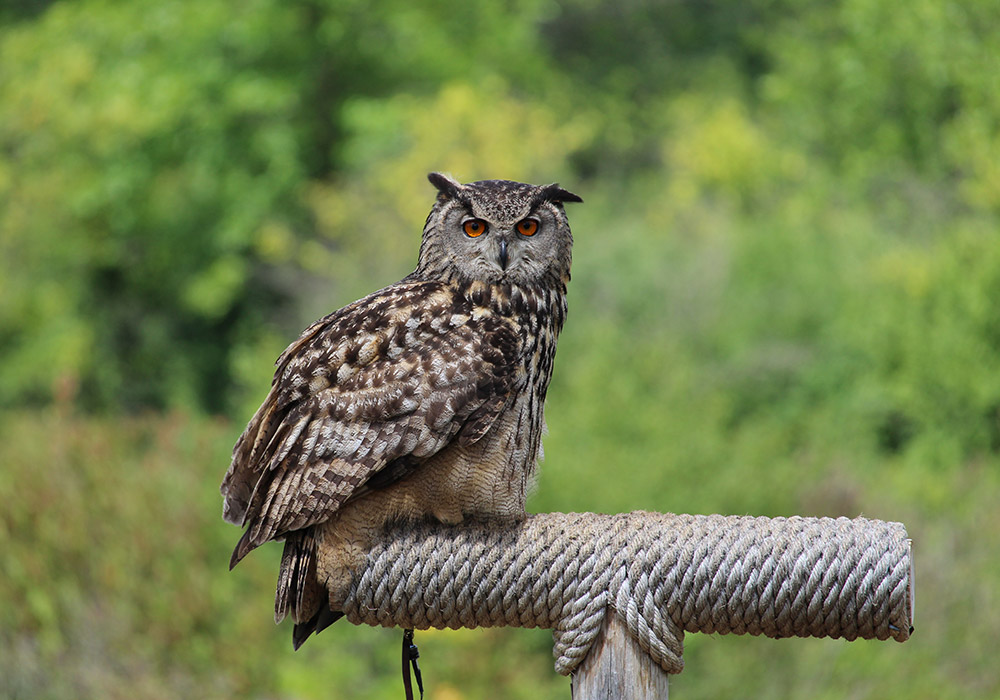
OUR CONSERVATION PROGRAMME
In 1979, the Birds of Prey Conservation Centre opened at African Lion Safari with the goal of providing visitors with an opportunity to view these birds in close proximity. Today the Conservation Centre is home to one of the largest and most diverse collections of raptors in North America. This includes vulnerable, threatened and endangered species such as the Steppe Eagle, Snowy Owl, Saker Falcon and Steller‘s Sea Eagle. African Lion Safari is also home to a variety of native species including the once threatened with extinction iconic Bald Eagle and Peregrine Falcon.
To date, African Lion Safari has released into the wild the Bald Eagle in Missouri, Ferruginous Hawks in Alberta, Burrowing Owls in Alberta and Barn Owls in Ontario and Illinois.
Our Future Goals
The aim of African Lion Safari’s Bird of Prey Conservation Centre is to continue to focus its effort on education, breeding and conservation allowing guest to experience a close encounter with birds flying free daily in our presentations.
